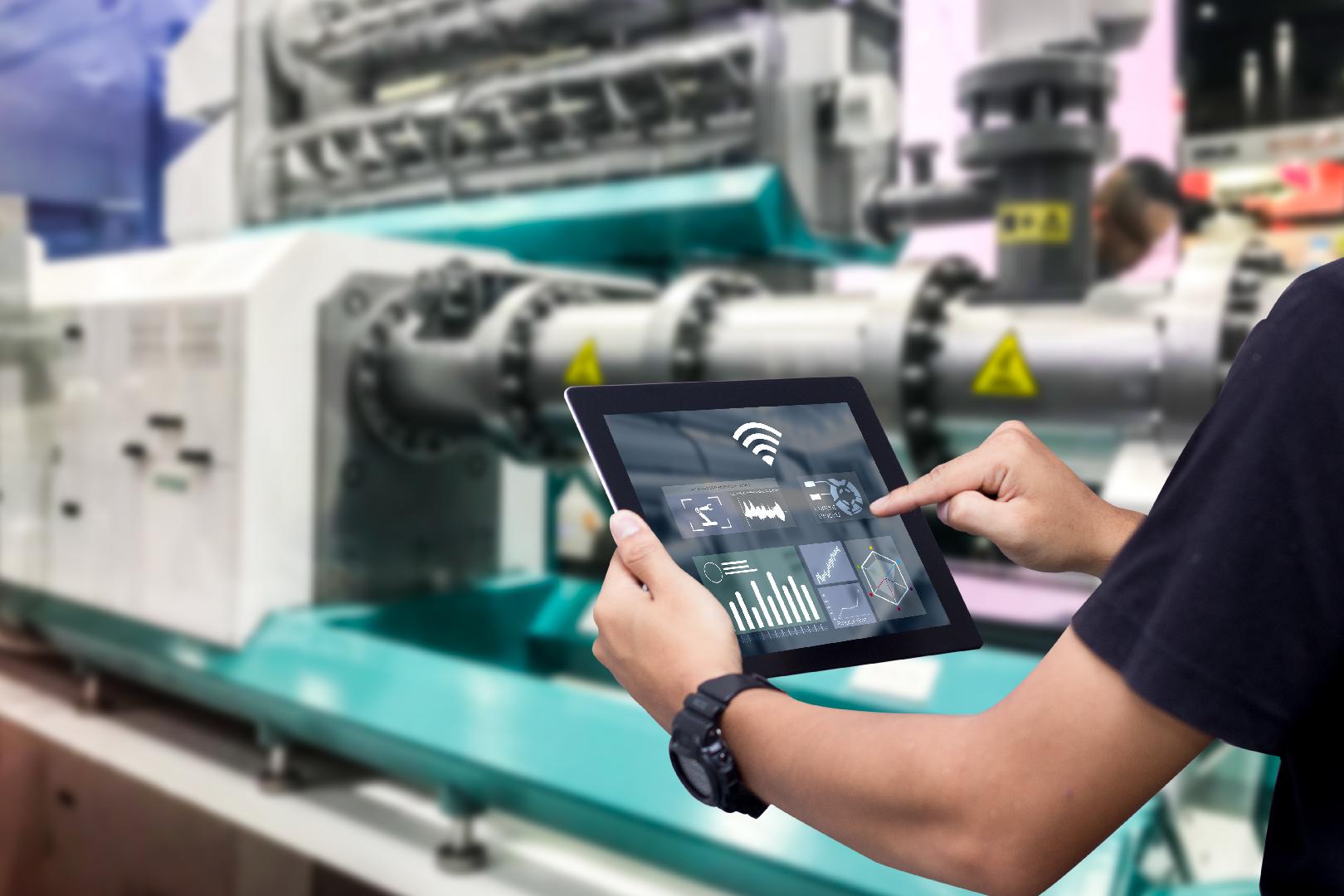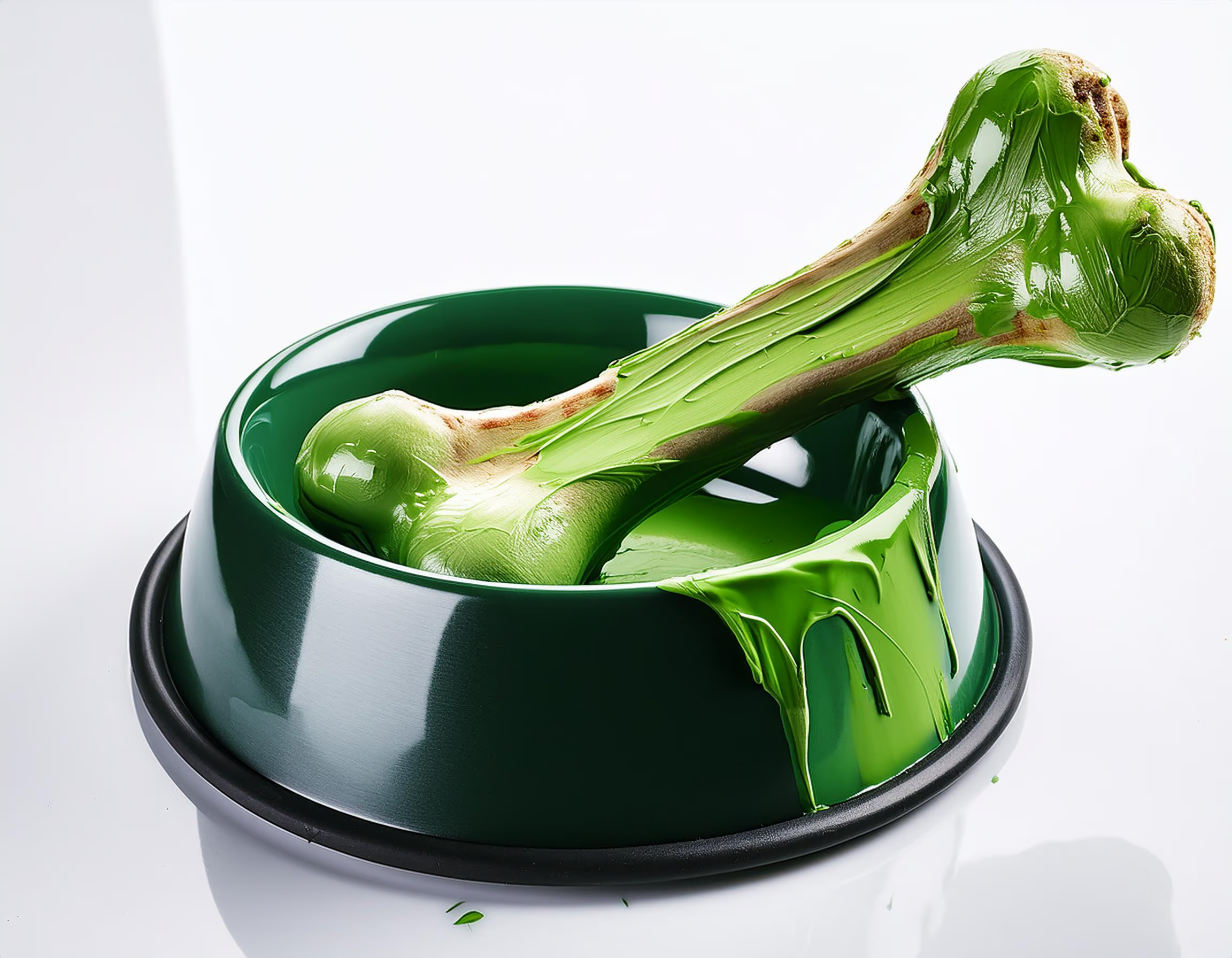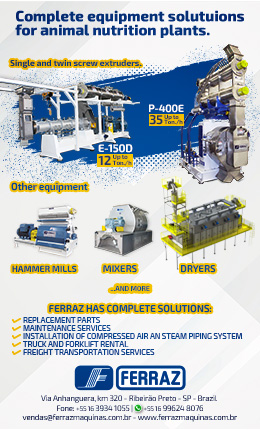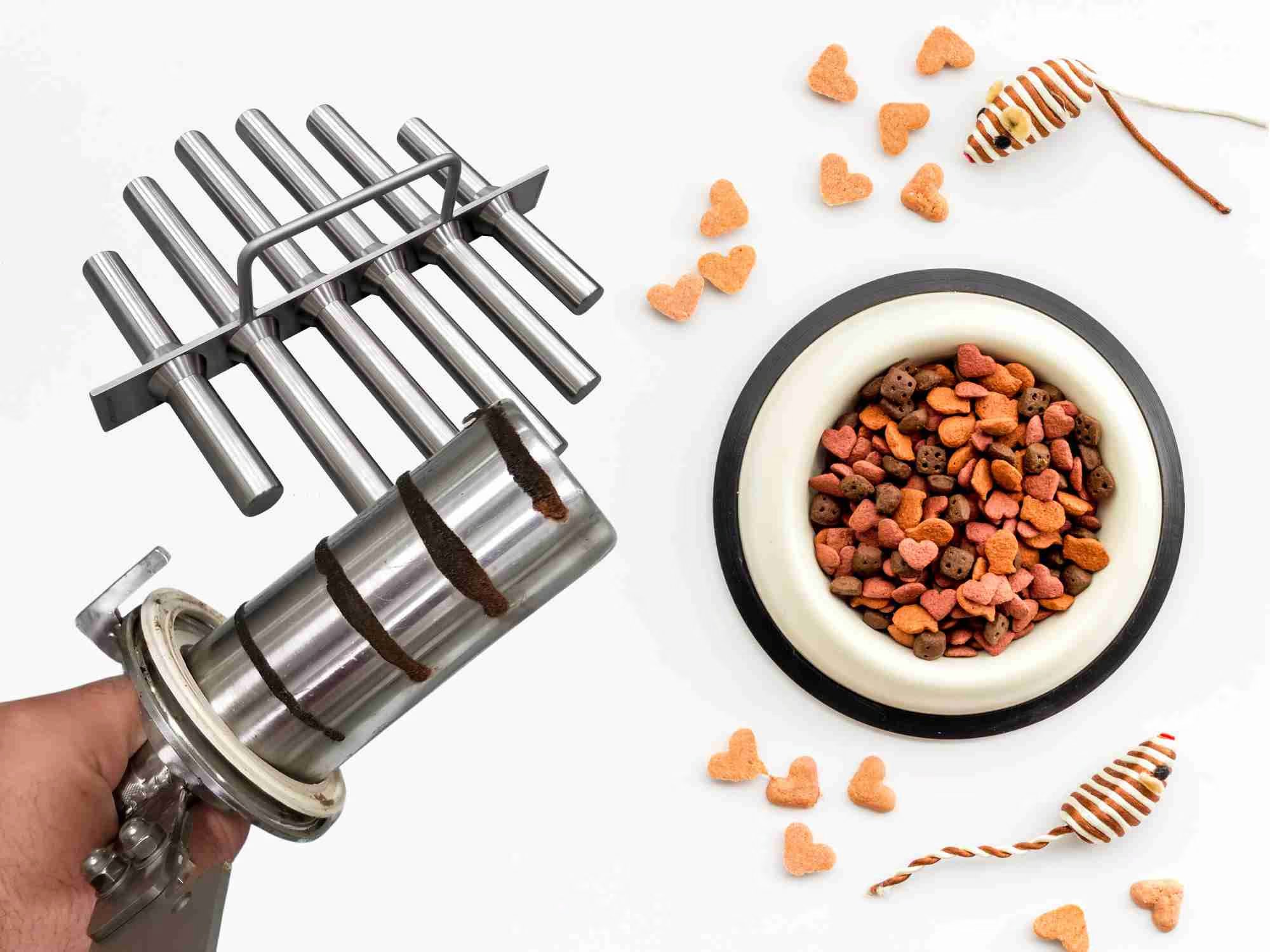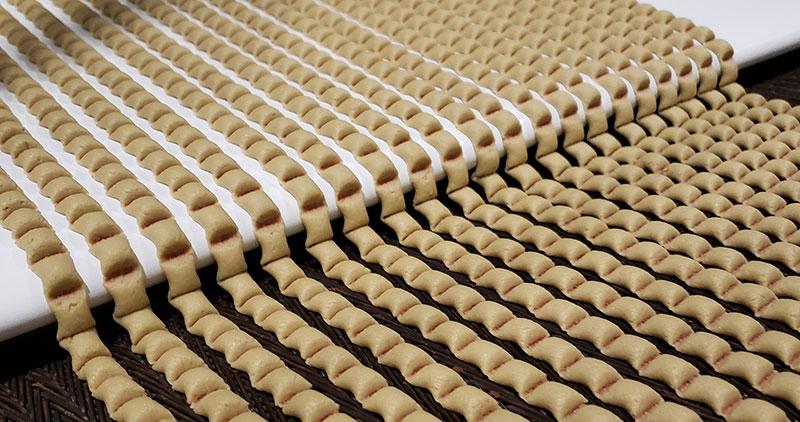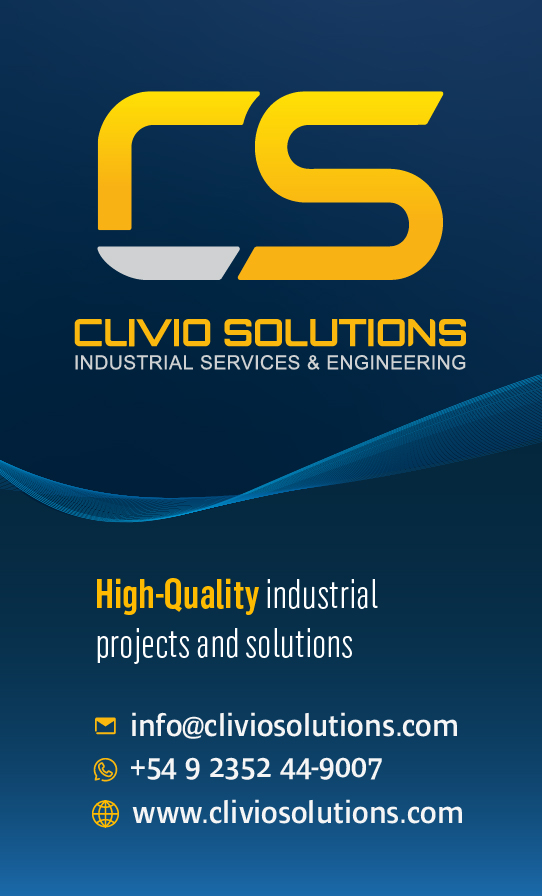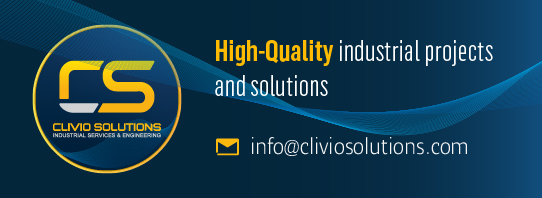The main goal? To reduce conflicts and challenges of the pet food production system. Currently, there are several points in the pet food production process where errors often occur which, in most cases, are not identified until the final product is obtained. It is here, precisely, where automation shines the most. Improving accuracy and repeatability, increasing productivity, facilitating scalability, decreasing waste, reducing human error, and improving security are just some of its outstanding benefits.
Within this enumeration, it is fair to say that, probably, the most important benefit is product quality consistency, regardless of the shift, employee, or context. In addition to its benefits, and due to its technological nature, automation presents itself as a great solution, at a time when operation and distribution are affected by labor shortages.
On the other hand, we cannot forget that automation, as well as practically all trends, derives directly from the human food production industry. This, added to the growing pet humanization, means that automation in pet food is nothing more than a natural consequence of the fact that both industries are increasingly interconnected and merged into very similar processes and raw materials. So, as pet food has become more humanized, equipment transfer from human food processing to pet one has become more and more common. In fact, we're even seeing companies that have historically been in human production now offering slightly modified equipment for the pet industry as well.
Challenges hindering automation implementation
So far, we have briefly discussed the benefits that automation can bring, but, logically, not everything is rosy for a technology still in the initial implementation phase.
But are there challenges? What are the ones that most companies have to face?
Finance and identifying what the company actually needs are just two of the major barriers to automation success.
While automation in pet food production is becoming more attractive at all process stages, there are still some challenges to its adaptation and implementation.
Financial investment
The first challenge to mention is obviously the initial investment required to install any automation technology in the company. If, in addition, we consider the difficulty that arises in contexts of economic instability and inflation as afflicted in several Latin American countries, we understand the fear that emerges when considering an investment of the size required to transfer the operations of a production factory to an automated system.
Of course, knowing how to make automation work within a particular company's brand and understanding the benefits is key to being willing to make that investment.
"The most common challenge is understanding how to invest your money to get the most return. However, this challenge is lessening as the current job market has made it difficult for many companies to find workers. Automation can address labor shortages making the return on investment much faster.' Pete Ensch, CEO of WEM Automation.
Knowing what the company needs and the best way to achieve it
Choosing which vendors to select to implement the right automation for successful operation is a challenge in itself.
For this, it is essential to have a certain degree of knowledge about the appropriate instrumentation to adapt to the environment and the specific measures required of the particular company.
This specific challenge extends to pet food in all facets, and different areas have different needs that they may or may not know how to satisfy with automation.
Stores and consumers
Pet food retail businesses are largely fragmented. Some have already been encouraged to experiment with (or are familiar with) automation to some degree. They are ready to use it and, above all, willing to continue to deepen its implementation. However, for their part, a large number of consumers have never heard of terms such as automation or artificial intelligence, so they are very skeptical or unwilling to change the current system which, in one way or another, works for them. This latter group will need much more time and information about the benefits automation and Internet of Things (IoT) systems with embedded AI and machine learning bring to all participants in the chain.
The future of automation in pet food production
Everything indicates that pet food is heading towards better quality, safety, and humanization, hand in hand with automation. This technology, according to experts, will continue to become increasingly intelligent for the benefit of food production.
Undoubtedly, technology and automation are here to stay.
Source: All Pet Food Magazine
You could be interested: Where to Install Magnetic Separators in Pet Food Processing
About author
María Candelaria CarbajoI’m a creative, interdisciplinary person, translator, and editor. I collaborate in producing and writing creative, high-impact projects to promote cultural exchange, transmit differential values, and connect with people/the audience. Likewise, I enjoy teamwork and joining forces, experiences, and knowledge to bring the world all the potential of those ideas that seek to impact people’s lives positively.
Manufacturing Process
20/02/2025
RBS Baked Pet Food Systems: Optimized, Automated Solutions for Baked Pet Treats and Baked Kibble (Part 1)
02/10/2024




